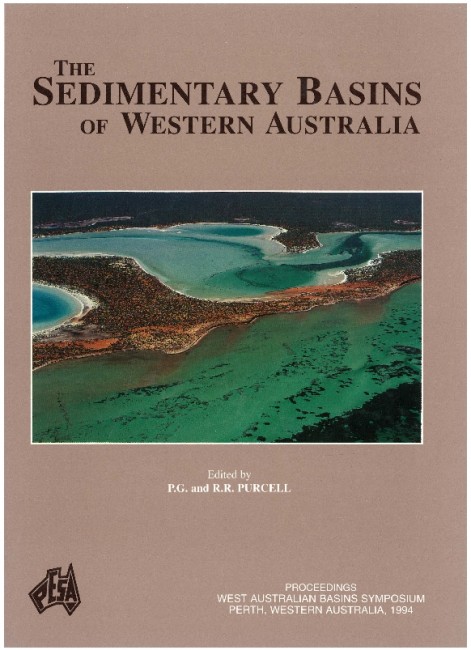Publication Name: The Sedimentary Basins of WA
Authors: E. Delfos
Publication Volume: 1
Date Published: July 1994
Number of Pages: 28
Reference Type: Book Section
Abstract:
The Wandoo oil discovery in high porosity, unconsolidated, glauconitic sandstones challenged all forms of formation evaluation. The effects of glauconite on wireline logs, both electric and nuclear are difficult to determine because of its complex elemental makeup and the varying weight percent of each element. The over 35 percent porosity and tens of darcies of permeability meant that conventional analytical measurements were made at the edge of the reliability envelope.The presence of glauconite in most North West Shelf reservoirs has resulted in degradation of reservoirs to 'thief zones'. However, the glauconite in the Wandoo area is of a microcrystalline pelletal form, packed randomly and not as a matrix and, therefore, forms part of the rock framework and helps maintain excellent reservoir properties.
The appraisal of the unique Wandoo Oil Field has been achieved by the utilisation of new coring and core analyses techniques and manipulation of wireline log data. This has shown that glauconite has significant microporosity that can contain saline formation waters. The combination of iron and saline water in glauconite
provides sufficient resistivity suppression in oil columns that conventional log analyses imply high water
saturations. However NMR techniques have revealed that macroporosity within high percentage, glauconite
reservoirs can contain moveable hydrocarbons with no water production.
The integration of all formation evaluation techniques has enabled a clear understanding of the M. australis
Sandstone reservoir. Whereas in isolation, each technique would have provided counter-productive information to be utilised in a reservoir simulation model.


